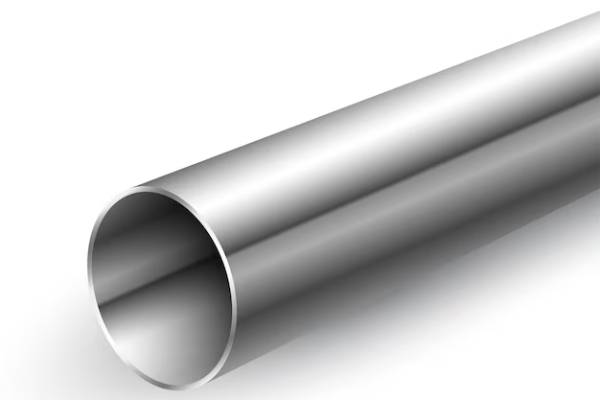
321 stainless steel tube is a titanium stabilized alloy developed for use up to temperatures of about 900 degrees C in oxidizing atmospheres. Industries demanding heat resistance and structural reliability rely on 321 stainless steel tube specifications. 321 stainless steel is super strong and can withstand high heat without degradation, so it is a high-performance material for many tubing applications across quite a few industries.
Key 321 Stainless Steel Tube Specifications
321 Stainless steel tube specifications and composition is a chromium and nickel-based alloy with the addition of aluminium to improve intergranular corrosion resistance. It is often used at high temperatures due to its chemical and mechanical properties. Also, in a case of corrosive chemical exposure, mounted in adverse conditions and high temperature, 321 stainless steel tubing retains its strength.
Why 321 Stainless Steel Tubes Are Preferred
321 stainless steel tube has remarkable heat resistance and corrosion protection, for which it is one of the highly used materials in several critical industries. Stainless 310 produces a dense, adherent oxide layer that holds up at temperatures of 800°F, whereas many other grades of stainless steel lose their stability right up to 1500°F. If your application requires oxidation resistance at high temperatures without mechanical strength compromise, this is the steel for you! It is best used in various industries because of its properties, such as its weldability and formability, which enhance its flexibility in fabrication, making it adaptable.
Uses of 321 Stainless Steel Tubing
Automotive and Aerospace Domains
Demanding machinery needs materials that can withstand constant heating without deterioration. Due to its high corrosion resistance and oxidation resistance at elevated temperatures, 321 stainless steel tubes are widely used in the exhaust system, jet engine components, and heat exchangers of cars and aircraft. They tend to be more resistant to calcium scaling and stable under thermal stress.
Petrochemical & Refining Industries
Chemical plants require materials with the ability to handle corrosive atmospheres in pipelines and production equipment. 321 stainless steel tubing is perfect under such conditions and thus has a better life during oil refining, gas processing, and petrochemical manufacturing. Because of its properties of high resistance to oxidation and avoidance of sulfide corrosion, it provides the natural reliability necessary for extreme operational environments.
Heat Exchangers and Boilers
Heat exchangers, boilers, and similar equipment have to operate at extreme temperatures. So such require to be made from materials that do not suffer from thermal fatigue and cracking. 321 stainless steel tubes are widely used in this equipment because they retain structural integrity during exposure to heat for an extended period of time. Carbide precipitation issue is well avoided with titanium stabilization factor, resulting in a longer life span.
Corrosion Resistance and Strength
321 stainless steel tubing is known for its outstanding resistance to many forms of corrosion. This alloy contains titanium, which does not allow it to become sensitized similar to some grades of stainless steel. It demonstrates fair oxidation, stress corrosion cracking, and intergranular attack resistance, making it ideal for long-term application under severe conditions.
Conclusion
321 stainless steel tube specification is best used for high-temperature and corrosion-resistant applications. This alloy’s superior heat stability, excellent corrosion resistance, and reliable mechanical strength make it a good choice for many industry applications. In aerospace, petrochemical plants, heat exchangers, and elsewhere, its durability and performance make it a go-to choice for demanding conditions.
Featured Image Source: https://img.freepik.com/free-vector/realistic-stainless-steel-pipeline-background-pvc-plumbing_1017-51570.jpg
